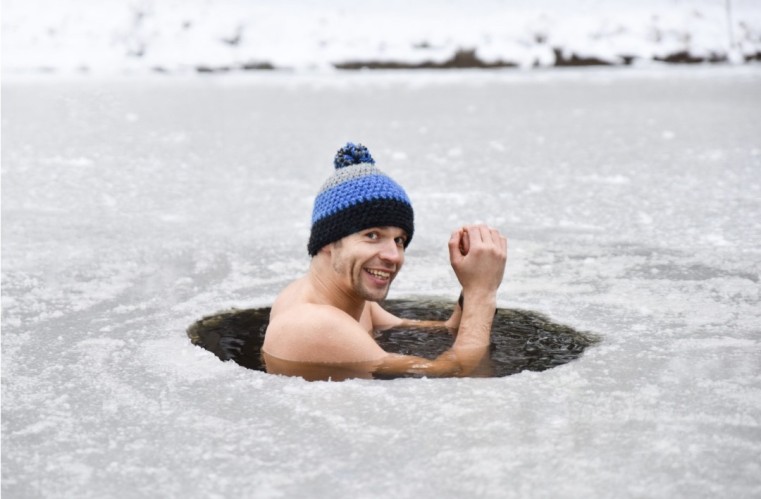The Centers for Advanced Orthopaedics is redefining the way musculoskeletal care is delivered across the region with locations throughout Maryland, DC, Virginia and Pennsylvania.
Cold Water Immersion
Cold-water immersion (CWI) in the form of ice bathing/cold water is becoming a popular activity. There are even winter swimming events which include swimming competitively in water as cold as 28.4 degrees fahrenheit.(1) You may be thinking, "Why should we even consider doing this?" as it sounds pretty challenging and intolerable. If many people are participating in some form of a polar plunge, there has to be a good reason for it…right?
CWI has been heavily debated for years. CWI has been proven to be superior to other recovery methods for recovering from muscle soreness, but only similar to other methods for recovery of muscular power and flexibility.(3) CWI showed to be more effective than active recovery, contrast water therapy and warm-water immersion for most recovery outcomes.(3) One other effect worth highlighting is the effect that CWI has on the reduction and/or transformation of body adipose tissue.(1) This can be considered protective against diabetes and cardiovascular disease, potentially having prophylactic health effects. The reported findings showed positive effects of CWI on the immune system. Some promising findings demonstrated improved tolerance to stress and respiratory infections. However, new studies are necessary to provide further scientific support for these findings.
There are certainly risks associated with CWI. Plunging the body into cold water triggers a sudden rapid increase in breathing, heart rate, and blood pressure. This is known as the cold shock response. That can cause a person to drown within seconds if they involuntarily gasp while their head is submerged.
The shock also places stress on the heart and makes it work harder. Within minutes, the loss of heat begins causing other problems as well.(2) The American Heart Association cautions and reminds us, "you are not a polar bear: the plunge into cold water comes with risks".
In summary, there are benefits but the positive effects of CWI have been shown to be achievable through other, safer means. CWI needs to be further researched, and closely monitored for safety throughout. Ultimately, it can be considered a therapeutic route towards improving health, but it is not the only and best route.
References
- Espeland D, de Weerd L, Mercer JB. Health effects of voluntary exposure to cold water – a continuing subject of debate. International Journal of Circumpolar Health. 2022;81(1). doi:https://doi.org/10.1080/22423982.2022.2111789
- You’re not a polar bear: The plunge into cold water comes with risks. https://www.heart.org/en/news/2022/12/09/youre-not-a-polar-bear-the-plunge-into-cold-water-comes-with-risks
- Moore E, Fuller JT, Bellenger CR, et al. Effects of Cold-Water Immersion Compared with Other Recovery Modalities on Athletic Performance Following Acute Strenuous Exercise in Physically Active Participants: A Systematic Review, Meta-Analysis, and Meta-Regression. Sports Med. 2023;53(3):687-705. doi:10.1007/s40279-022-01800-1